NEBULAS
Latin for cloud or fog, a Nebula is a distinct luminescent part of interstellar medium,
which can consist of ionized, neutral, or molecular hydrogen and also cosmic dust.
Nebulas are often star-forming regions. In these regions gas, dust, and
other materials "clump" together and eventually become dense enough to form stars.
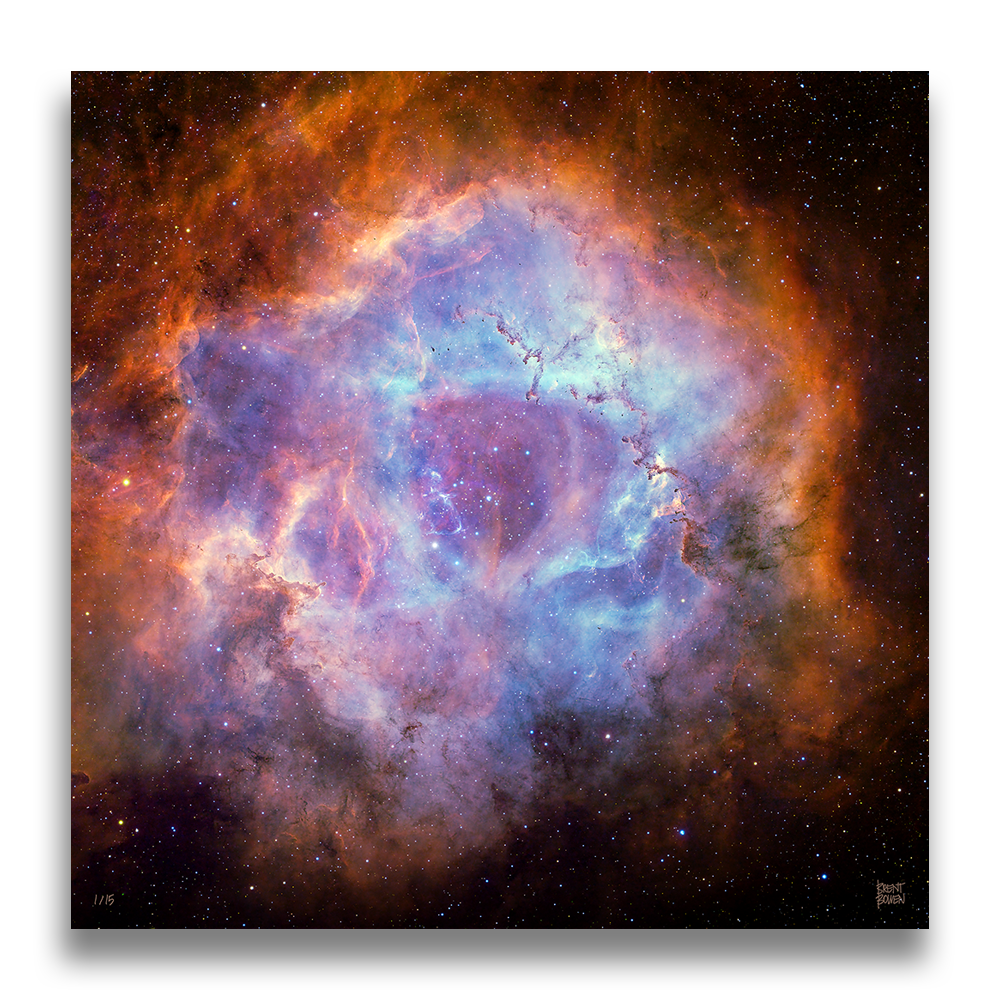
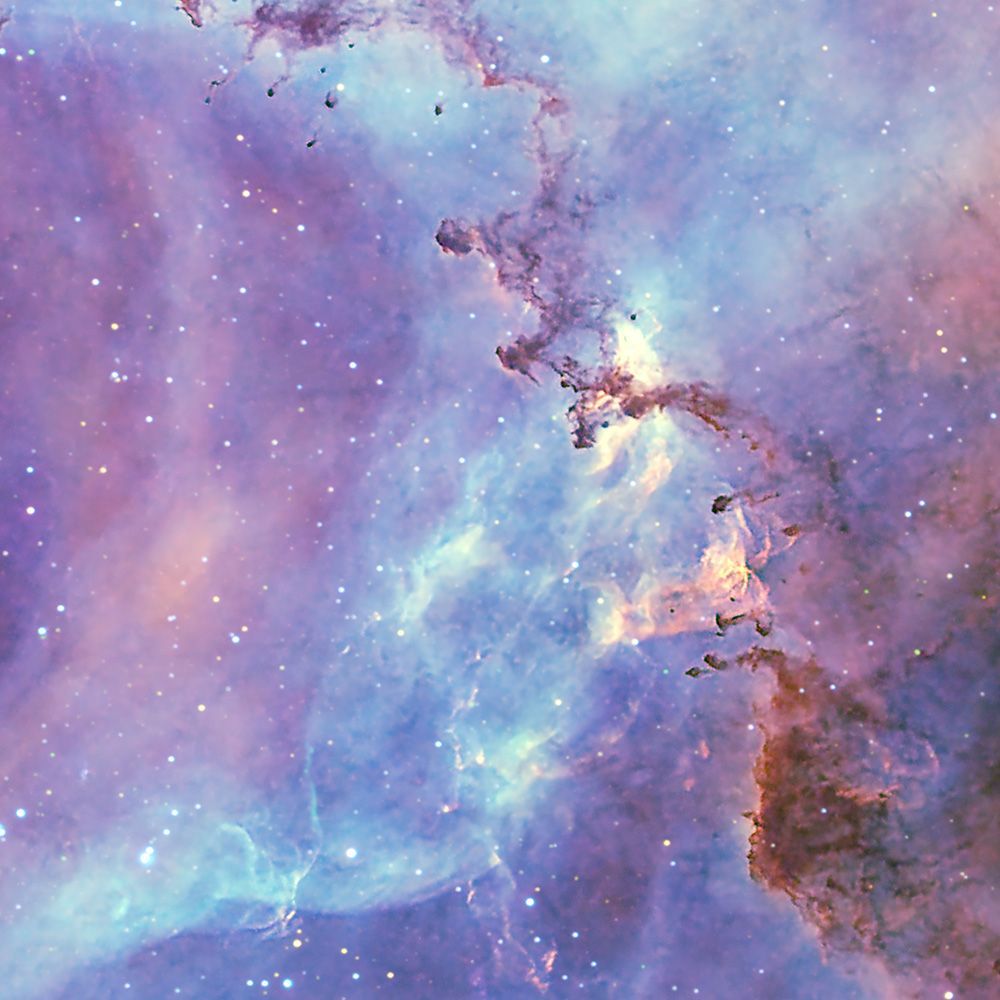
ROSETTE NEBULA
This is one of the most fascinating and dynamic nebulae I’ve captured. Within this single region lies a striking combination of nebula types.
The soft, blues glowing oxygen, while the fiery red and orange tones reveal denser regions of hydrogen and sulfur. At the heart of the scene, a cluster of massive stars carves out the surrounding gas and dust, creating an ever-expanding hole in the center of the nebula.
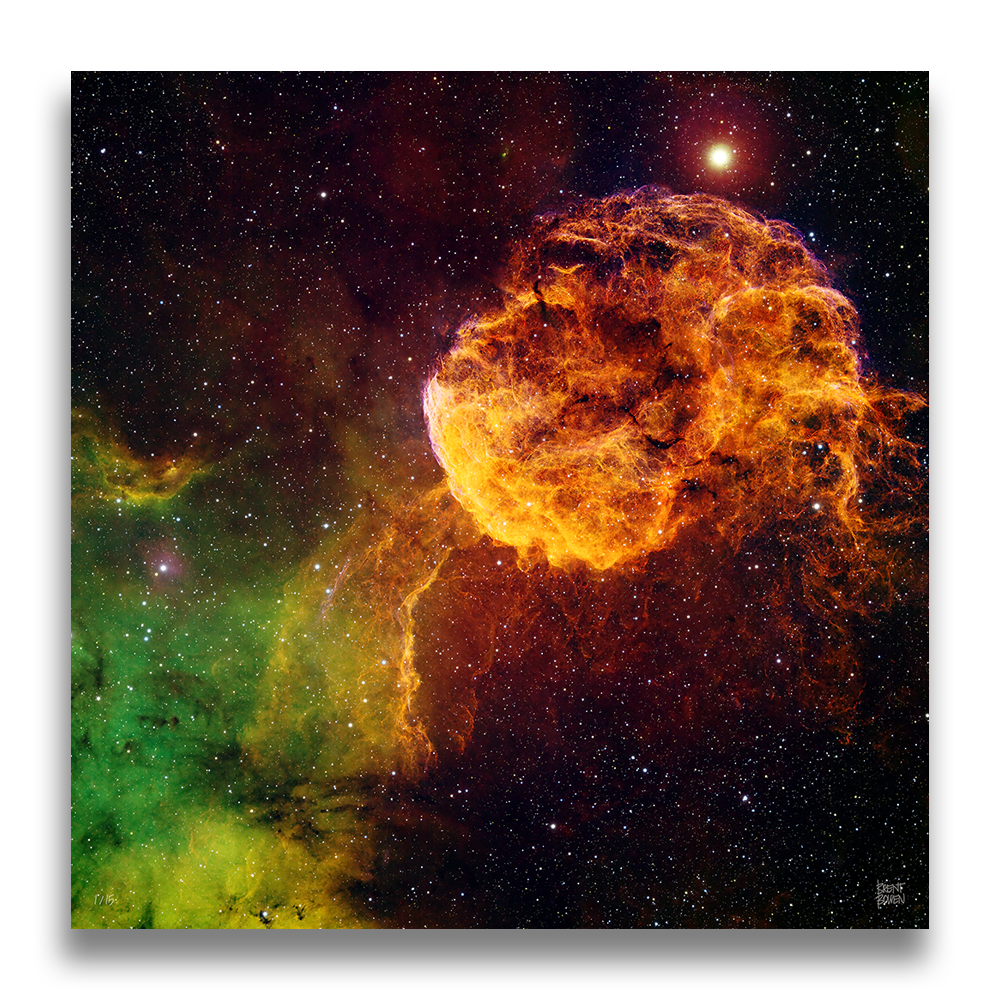
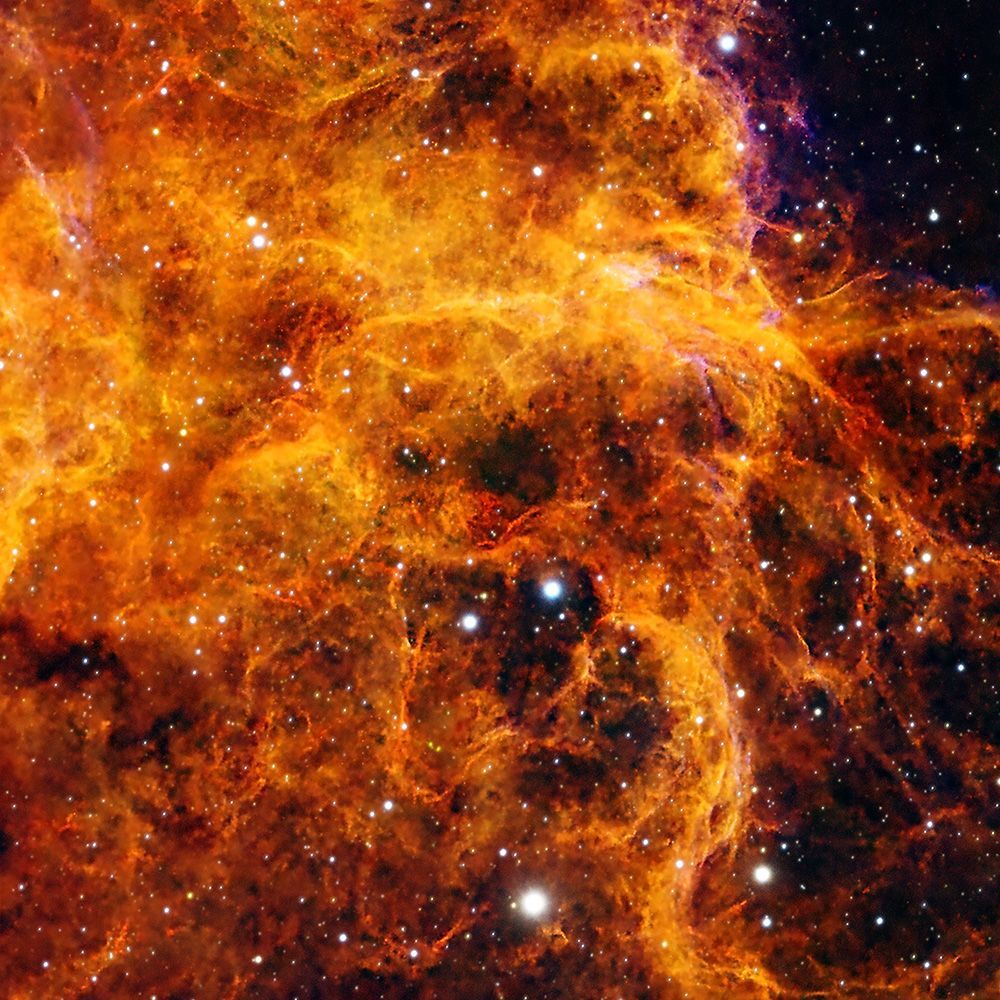
JELLY FISH NEBULA
After over six hours of exposures, this image revealed a stunning surprise during processing—the intricate beauty of the Jelly Fish Nebula.
The sprawling orange structure, rich in hydrogen and sulfur, marks the turbulent remnants of a stellar explosion, still expanding into space. Delicate hints of pink at the top highlight traces of oxygen, while the sweeping green region is dominated by hydrogen with only a hint of sulfur.
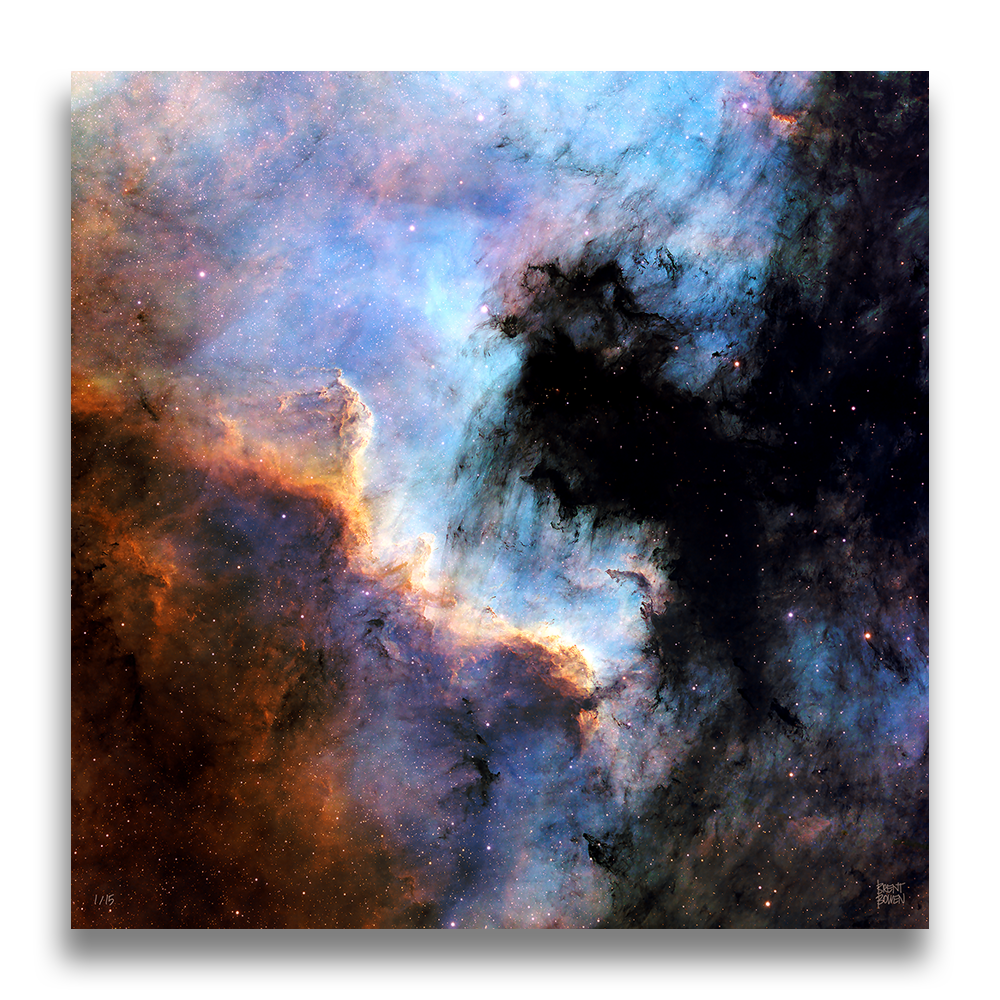
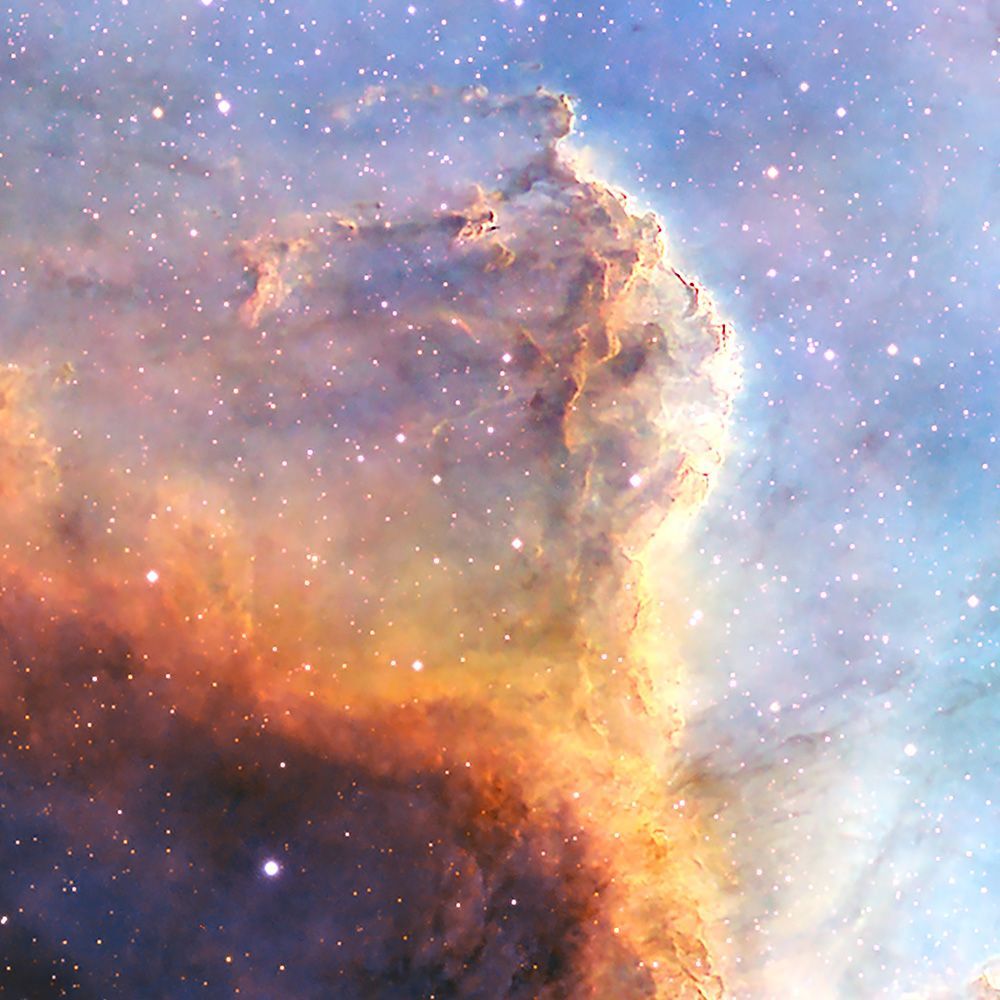
CYGNUS WALL
Years of planning led to this moment—my very first image taken from my observatory hidden under the pristine, dark skies of southern Utah. The clarity and detail captured through these light-pollution-free skies exceeded all expectations.
On the right, dense black clouds of interstellar dust loom much closer than the glowing backdrop of ionized gas. Brilliant blues reveal large amounts of oxygen, while the vibrant reds and oranges are a thick cloud of hydrogen and sulfur—each layer adding depth to the Cygnus Wall's dramatic landscape.
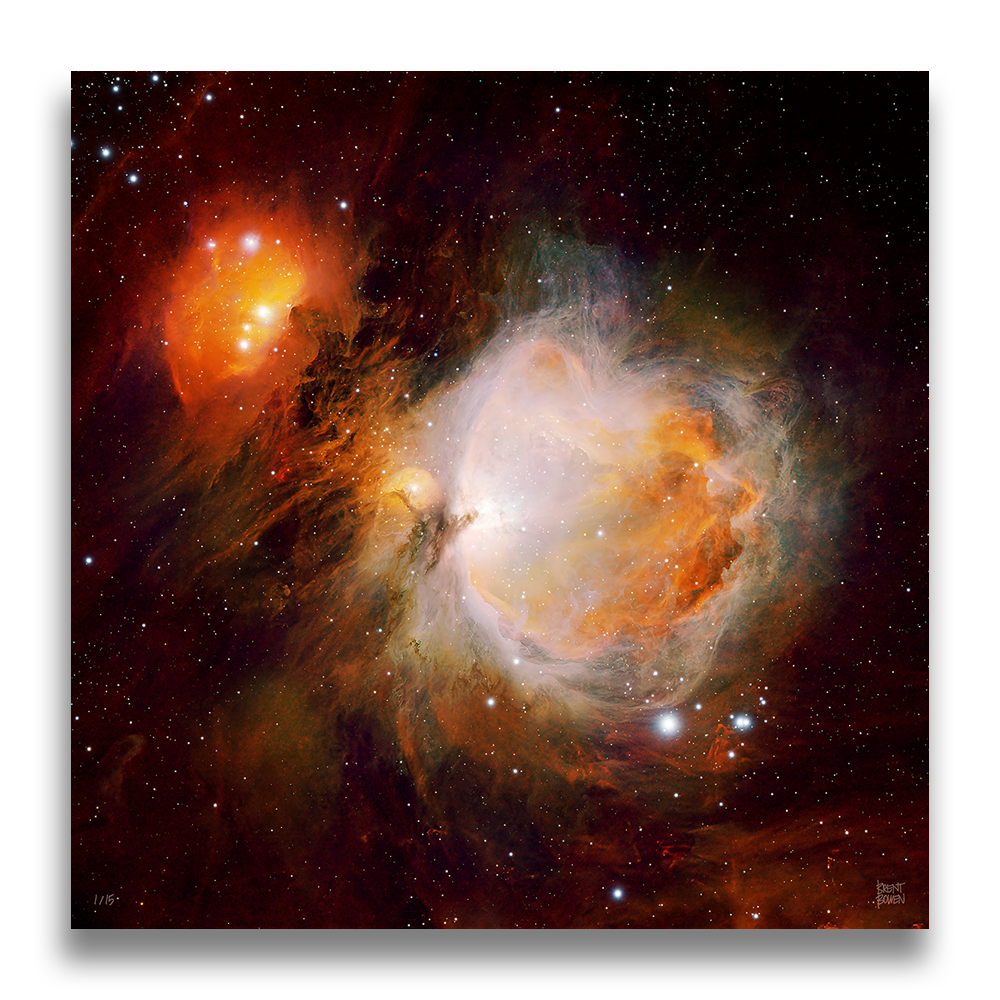
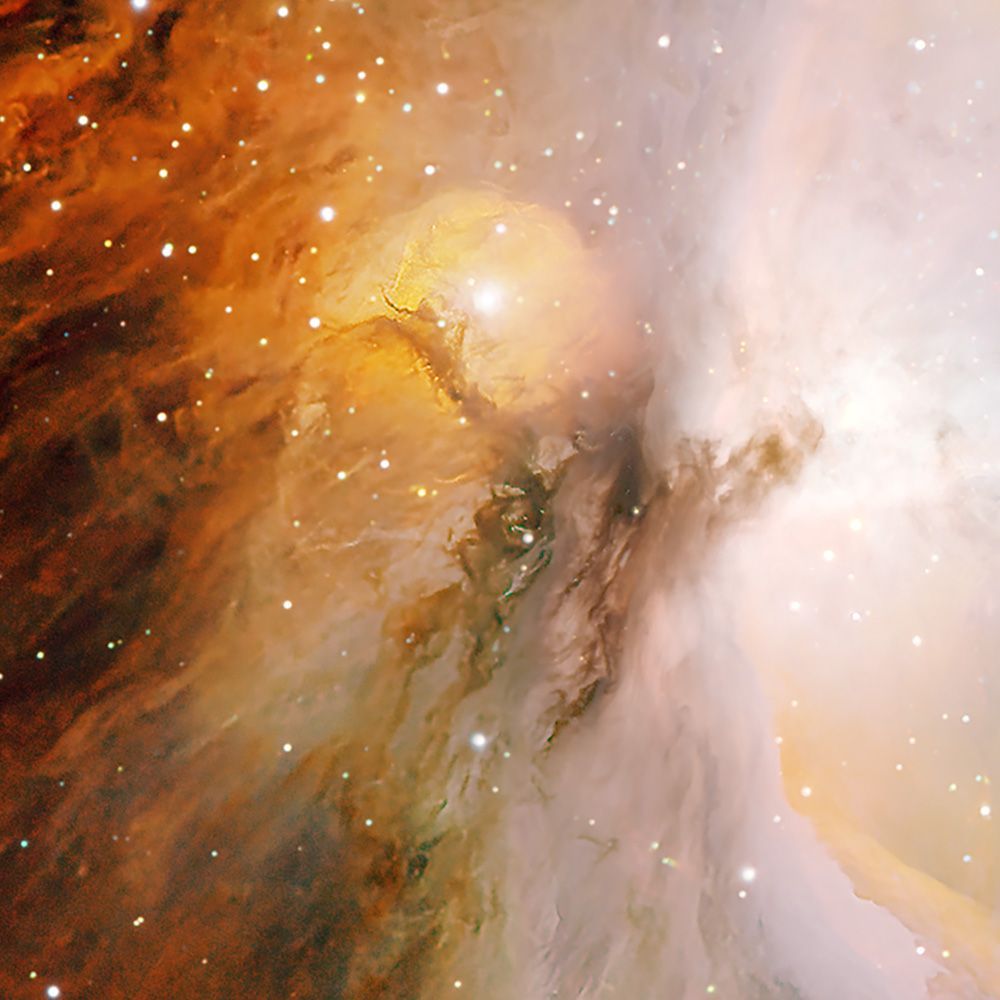
ORION NEBULA
The Orion Nebula was the first nebula I ever saw—and the first I ever captured through a lens. Easily visible to the naked eye from even somewhat light polluted skies. It shines as one of the brightest and most iconic nebulae in the night sky, appearing as a soft, glowing cloud suspended in the darkness.
Located just below Orion’s Belt, the Orion Nebula forms the middle “star” in the hunter’s sword, a true cosmic nursery where new stars are born amidst swirling clouds of gas and dust.

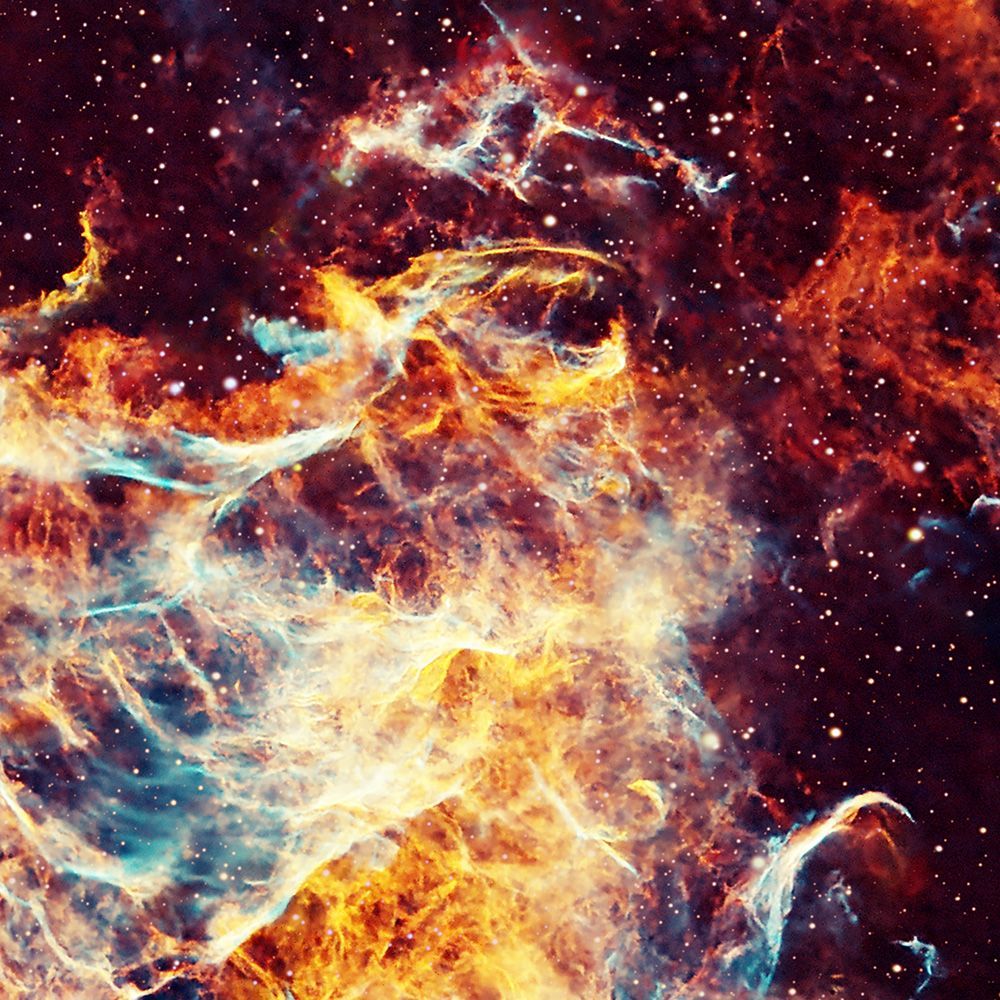
WESTERN VEIL NEBULA
SERIES: IMAGE 1 of 2
Captured over three crystal-clear, near-moonless nights, this stands among the sharpest and most detailed images I’ve taken. The atmosphere was exceptionally steady, allowing for extraordinary clarity.
This view highlights Pickering’s Triangle, a delicate portion of the Western Veil Nebula. Together, these wisps form part of the Cygnus Loop—the remnants of a massive star’s explosive death.
Vivid reds and oranges trace denser regions of hydrogen and sulfur, while the strands of blue reveal glowing oxygen,
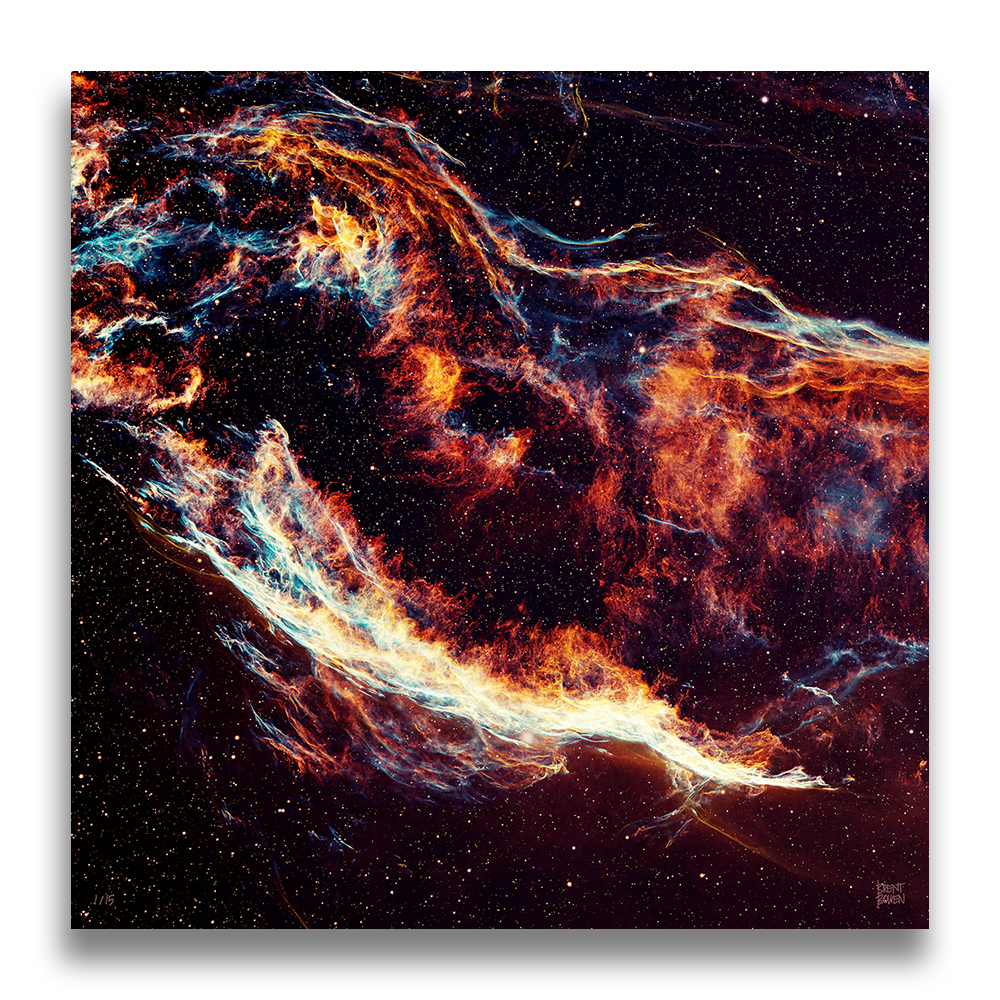
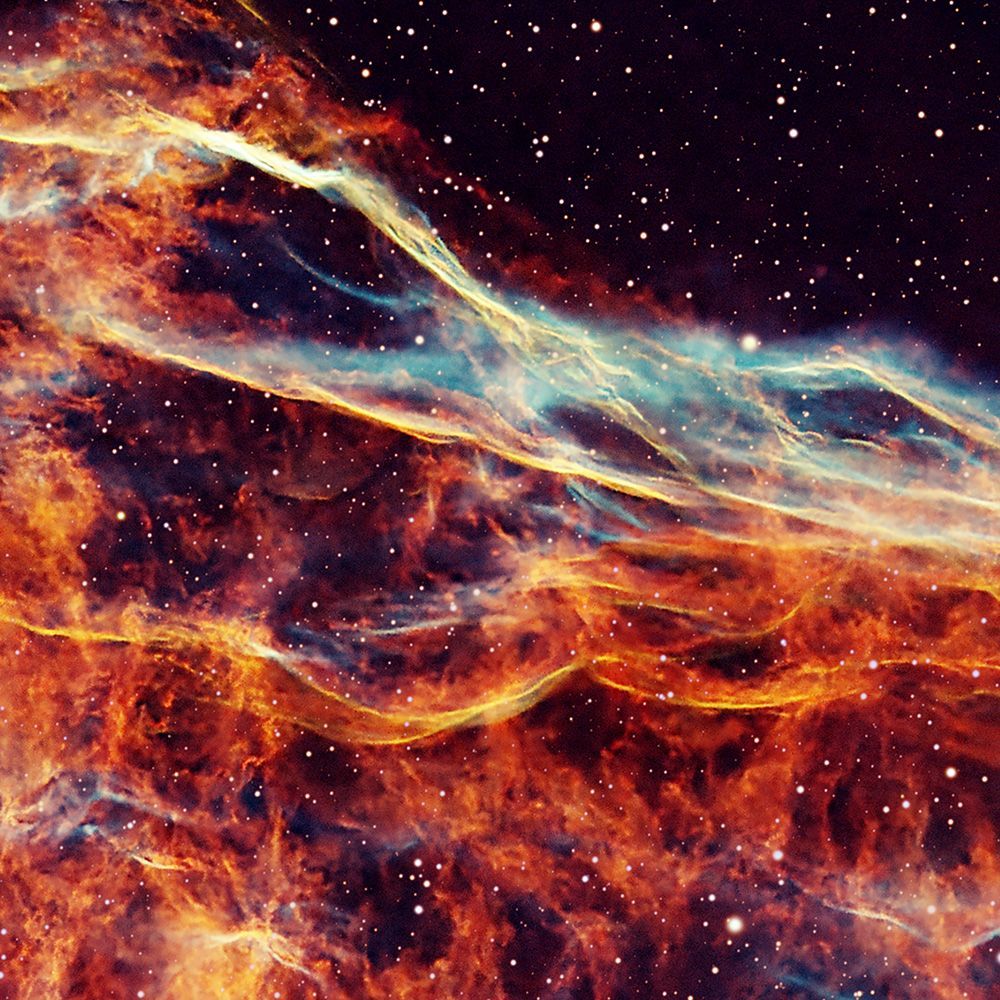
WESTERN VEIL NEBULA
SERIES: IMAGE 2 of 2
This is the second image in my Western Veil Nebula series, originally captured as part of a larger frame before being separated to preserve a clean, square composition.
The delicate, wispy clouds in this section mirror the beauty of the first image, yet carry a distinct character of their own. Each offers a different glimpse into the remnants of a dying star. I still can’t decide which one is my favorite.
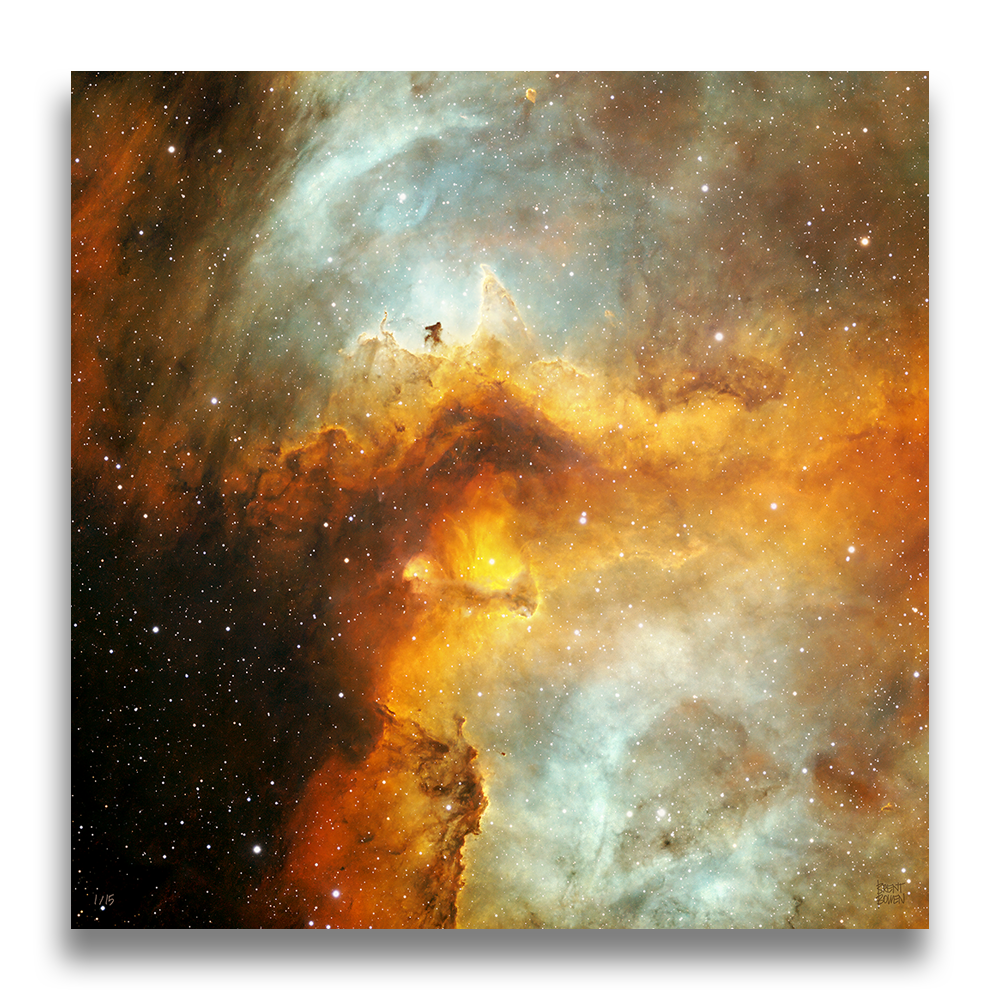

SOUL NEBULA
SERIES: IMAGE 1 of 2
This image is a close-up of a region within the Soul Nebula, often paired with the nearby Heart Nebula as the famous "Heart and Soul" duo.
While the full view of the Soul Nebula is commonly shown, I’ve found that focusing on smaller regions reveals far more captivating details. This image is the first of a two-part series, each highlighting the intricate structures often overlooked.
In this portion, unique formations emerge with every closer look—the more you explore, the more the Soul reveals.
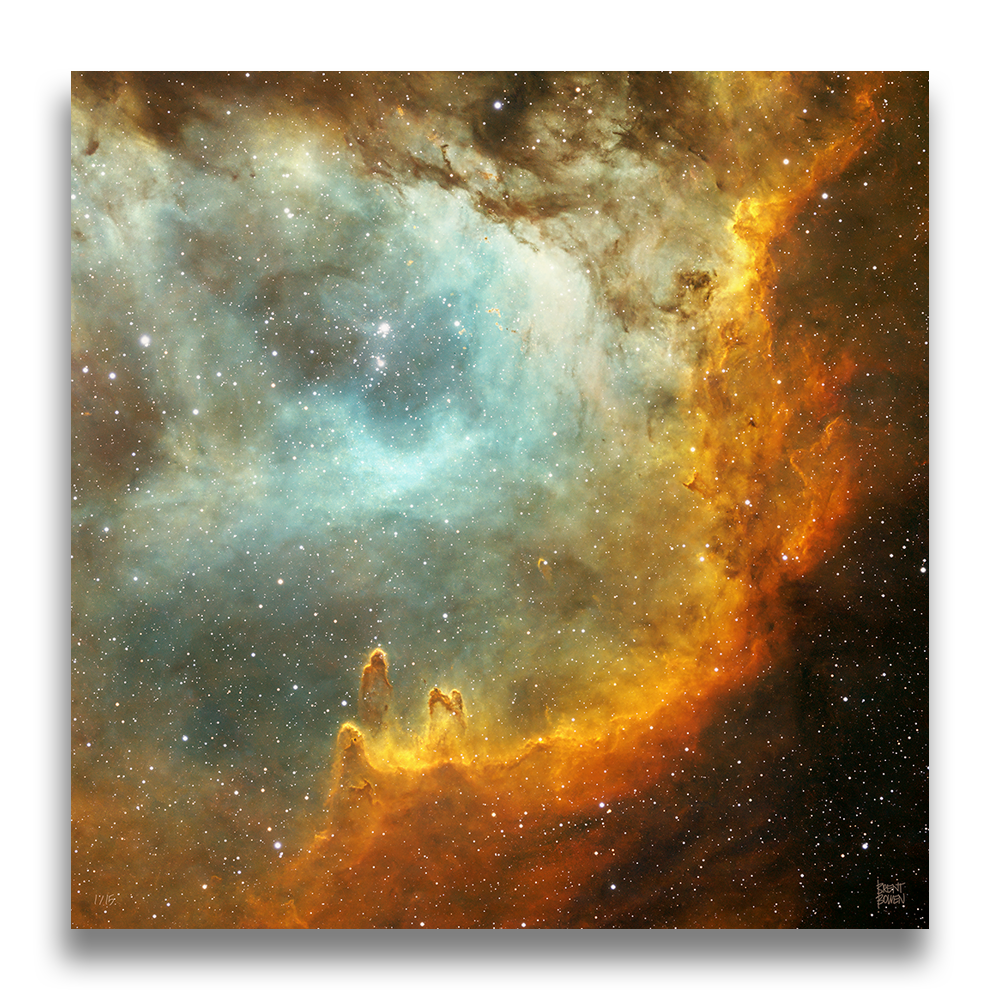
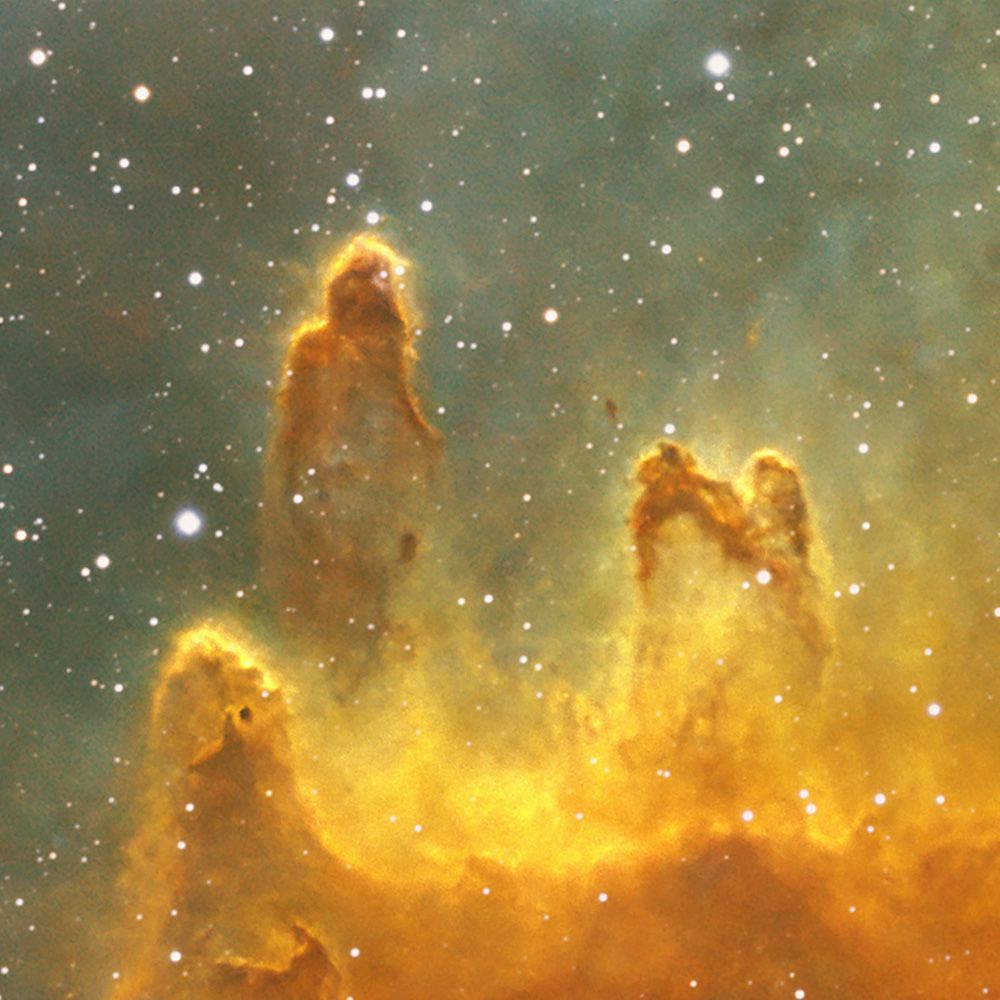
SOUL NEBULA
SERIES: IMAGE 2 of 2
This is the second image in my Soul Nebula series, both carefully cropped from a larger capture to create two distinct square compositions.
This section of the nebula has a flowing, organic feel—almost like an underwater world, with a massive wave crashing over a vibrant coral reef. Cosmic dust and gas sculpt a scene that feels both otherworldly and strangely familiar.
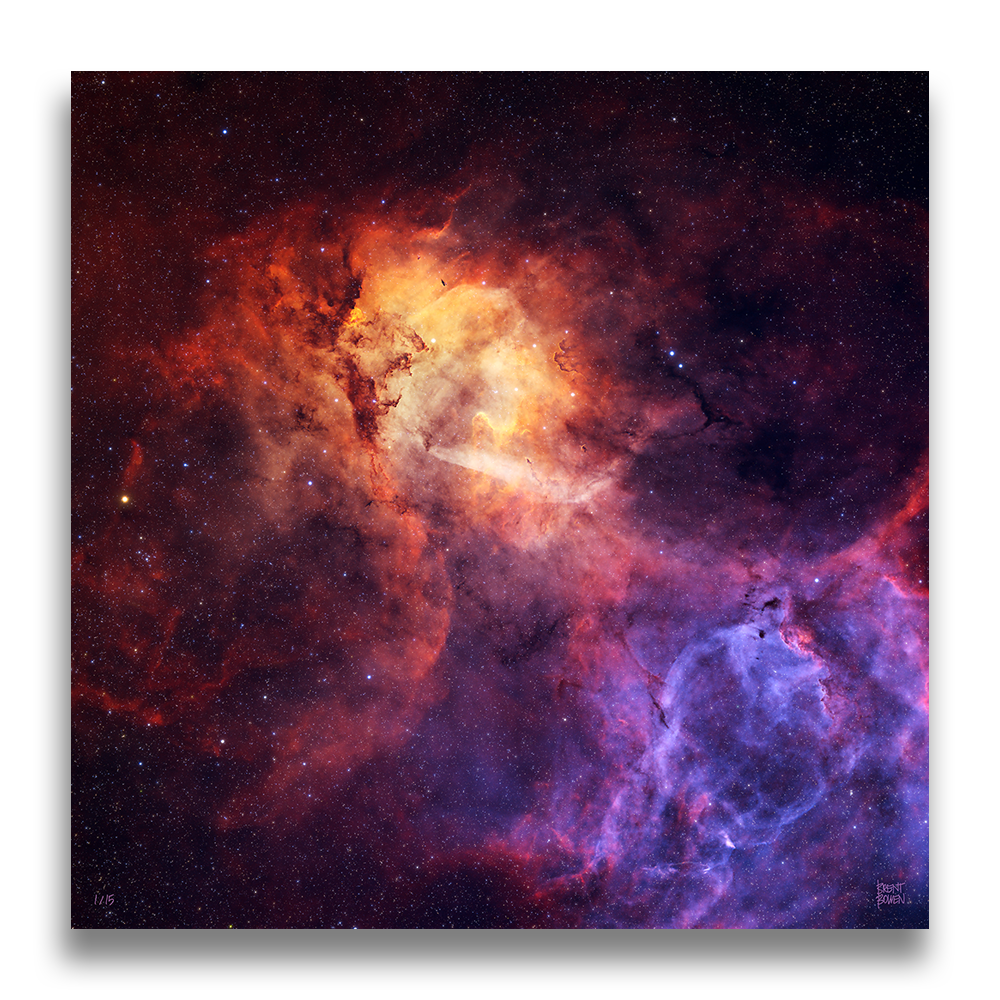
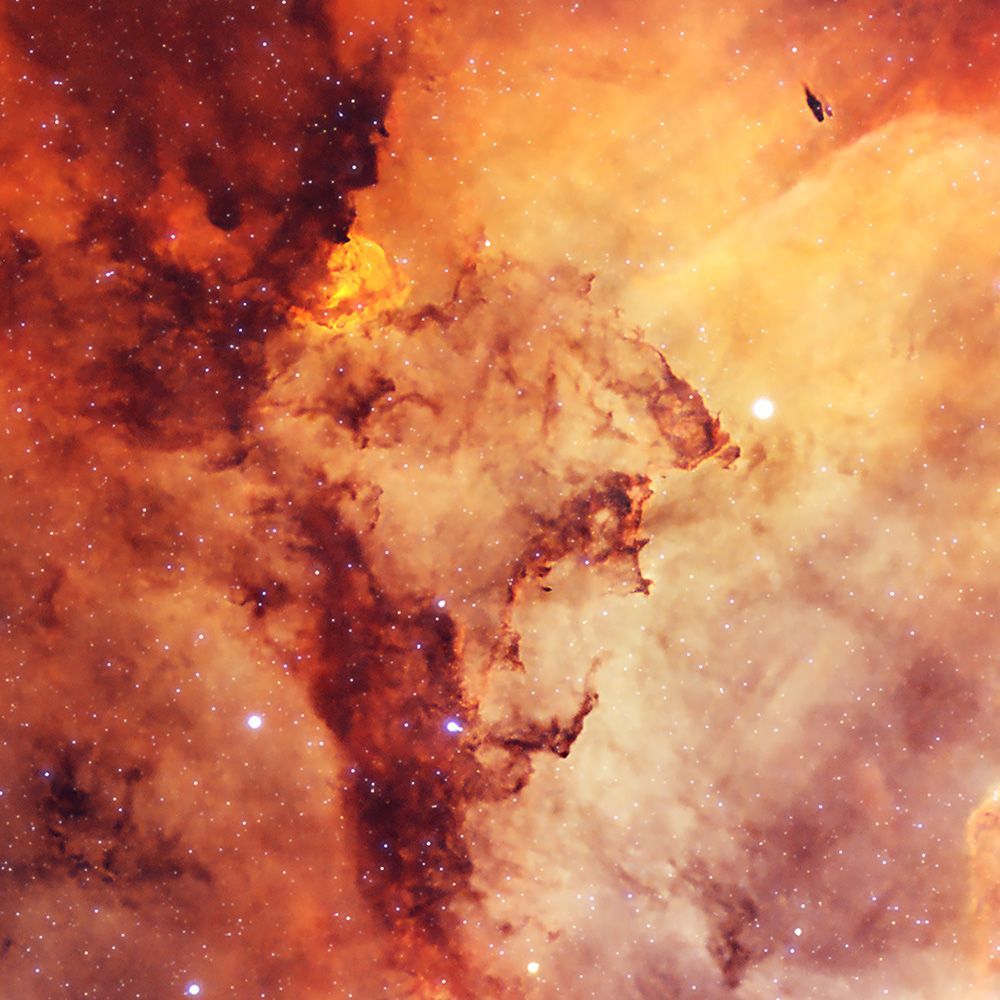
LION NEBULA
Officially named SH2-132—a title that hardly does it justice—this seldom-imaged nebula is affectionately known as the "Lion Nebula" by the astrophotography community.
This was my first time processing an image using the SOO palette, placing sulfur into the red channel and oxygen into both the green and blue. The result is a striking balance of warm and cool tones, offering a more interesting, more natural look compared to the typical rainbow hues of the traditional Hubble (SHO) palette. A final touch of sulfur was layered in during post-processing, adding subtle golden highlights to bring the scene to life.
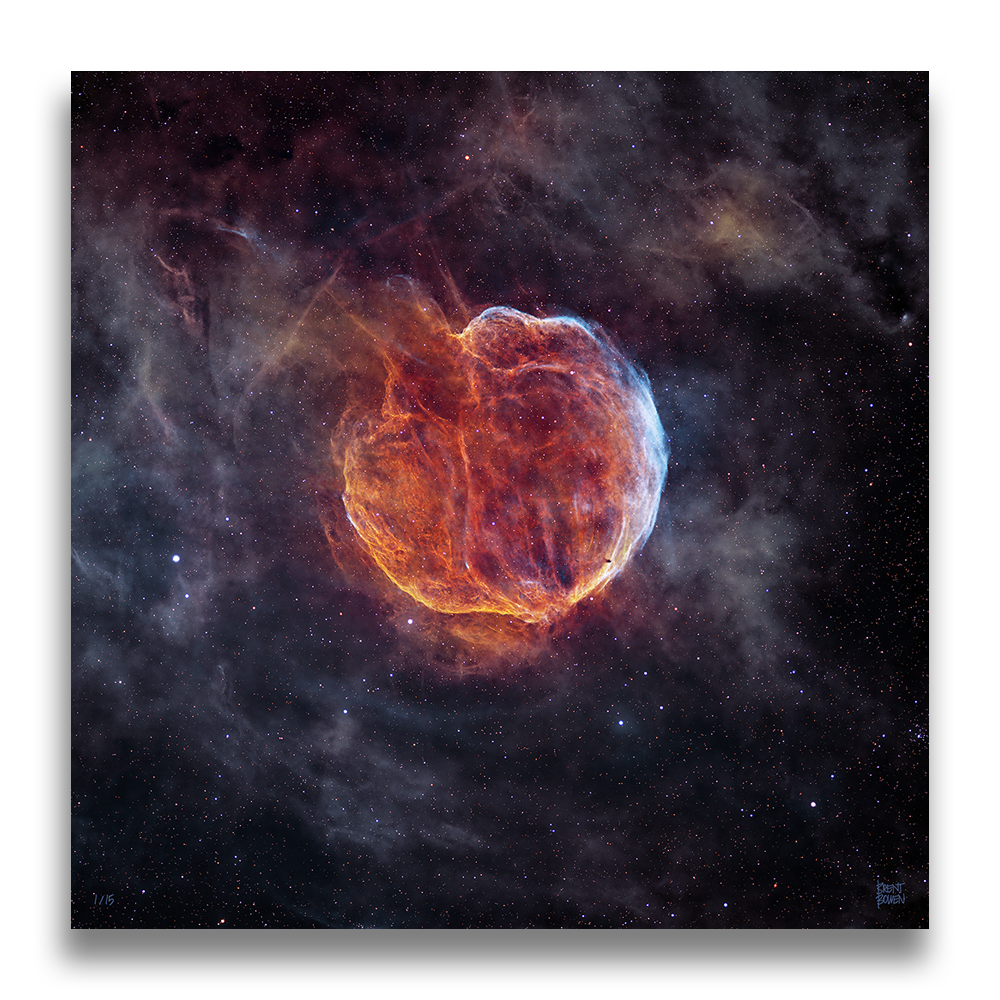
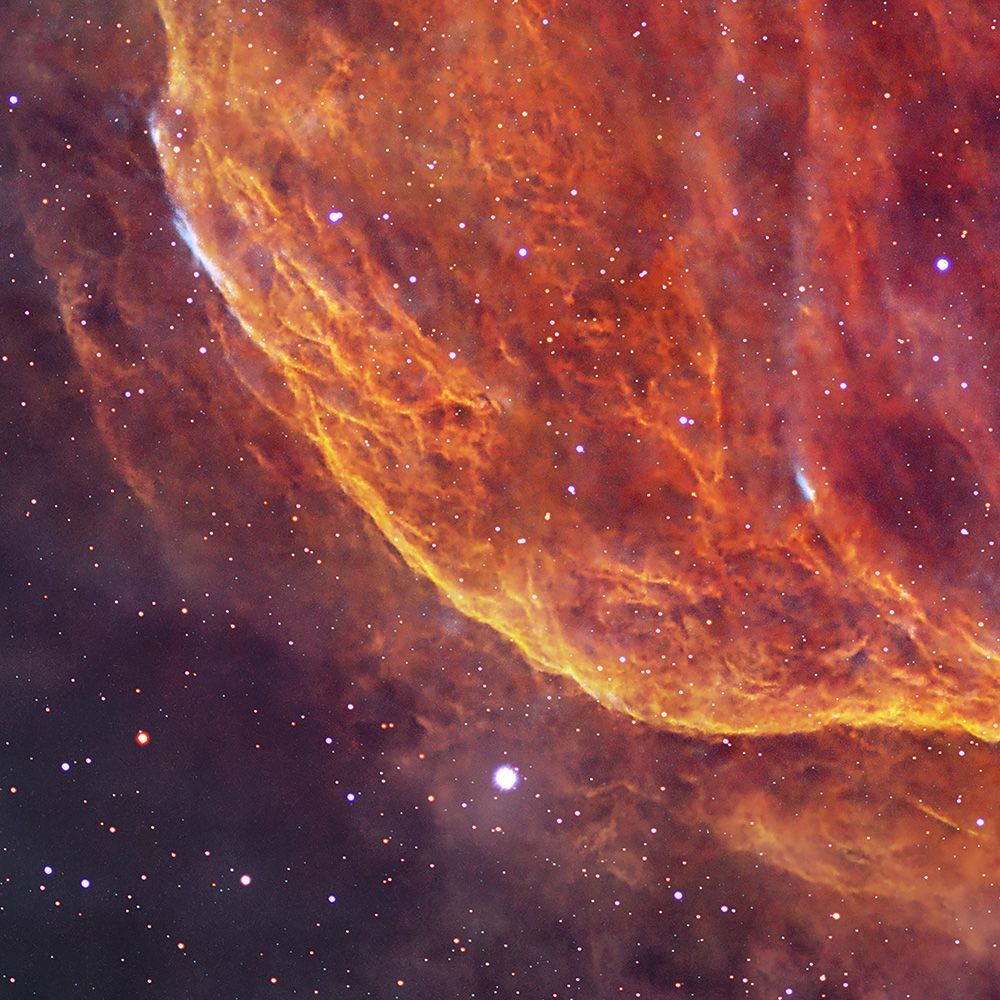
GARLIC NEBULA
This was one of the most challenging nebulae I’ve ever captured—an incredibly faint target that required three long nights and a total of 24 hours of exposure time, making it my longest imaging project to date.
Warm tones of hydrogen and sulfur dominate the frame, while delicate traces of oxygen, seen in soft blues, appear interestingly concentrated on just the right side of the nebula.
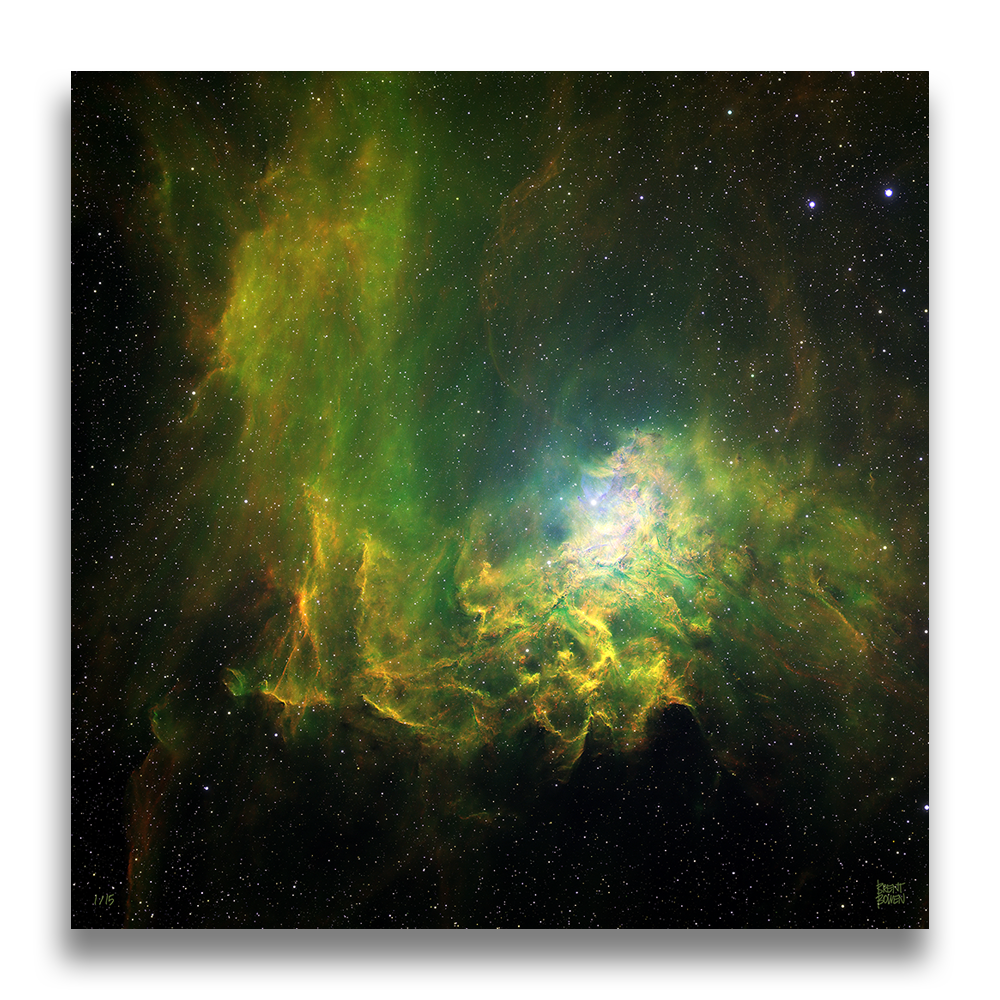
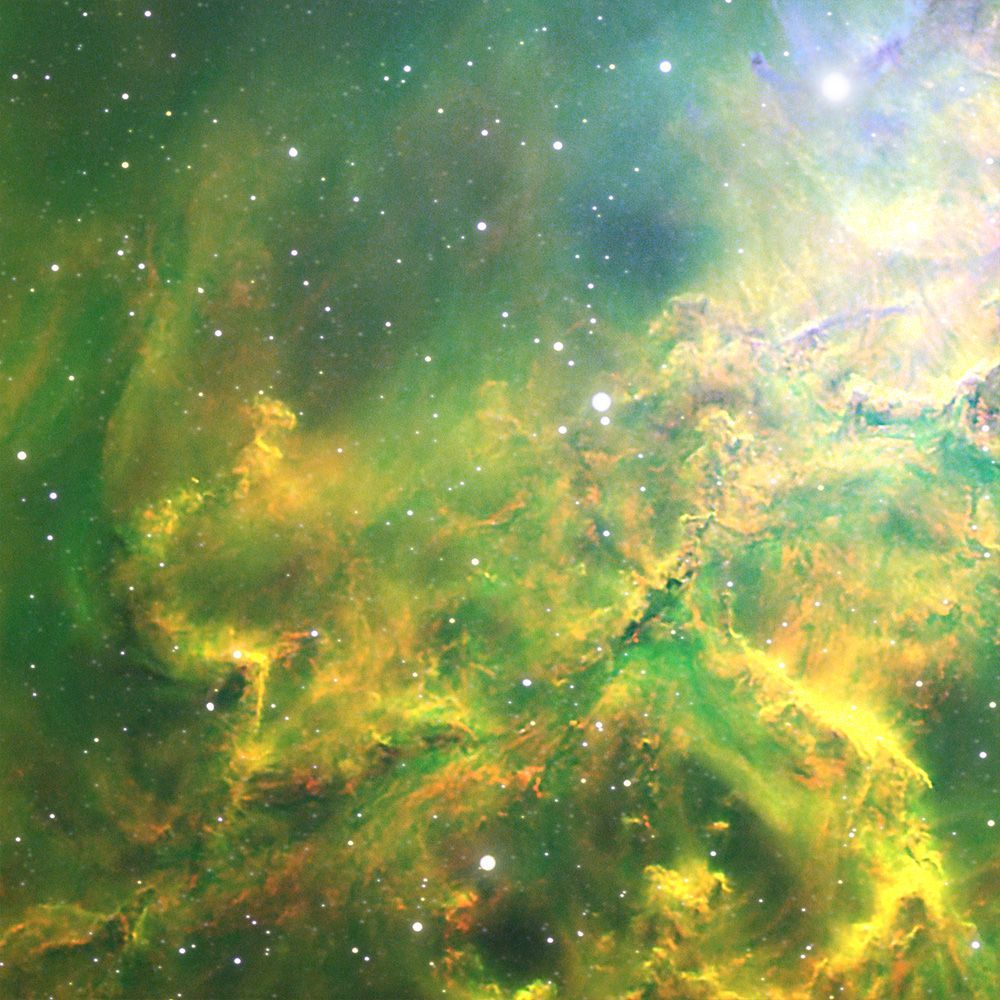
FLAMING STAR NEBULA
This is often imaged, but typically not as I've done here. This images focuses on a very interesting region centered around a very large star giving the Nebula most most its light.
The thick curvy structures give it a wave-like appearance.


